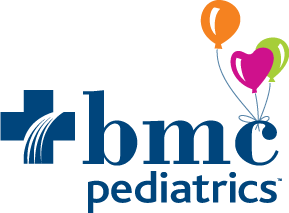
“Posttraumatic stress disorder (PTSD) is characterized by the reexperiencing of a traumatic event and is associated with slower extinction of fear responses.
Impaired extinction of fearful associations to trauma-related cues may interfere with treatment response, and extinction deficits may be premorbid risk factors for the development of PTSD.
We examined the effects of exposure to a severe footshock followed by situational reminders (SRs) on extinction, plasticity, and endocannabinoid (eCB) content and activity in the hippocampal CA1 area and basolateral amygdala (BLA).
The findings suggest that targeting the eCB system before extinction may be beneficial in fear memory attenuation and these effects may involve metaplasticity in the CA1 and BLA.”








